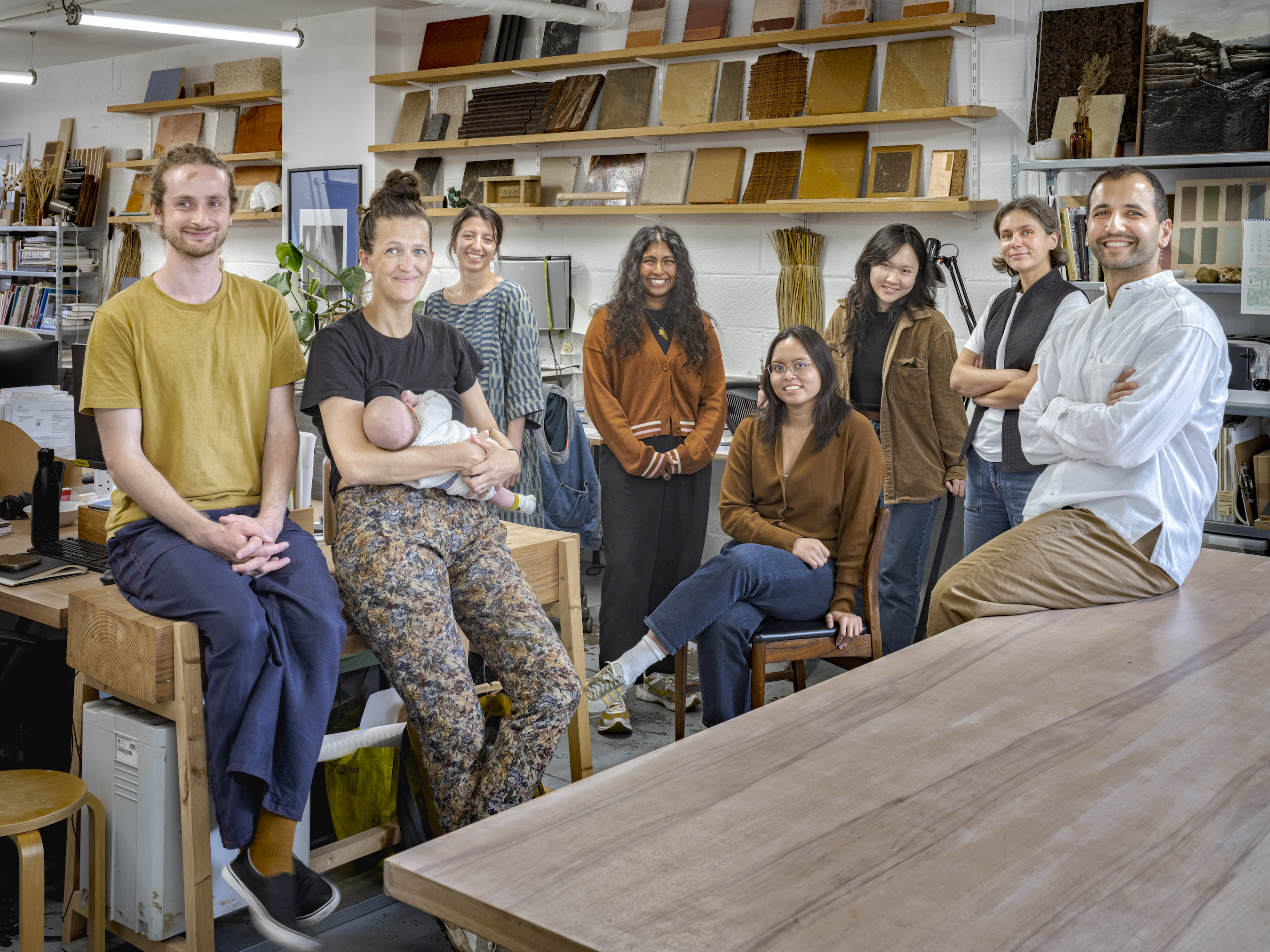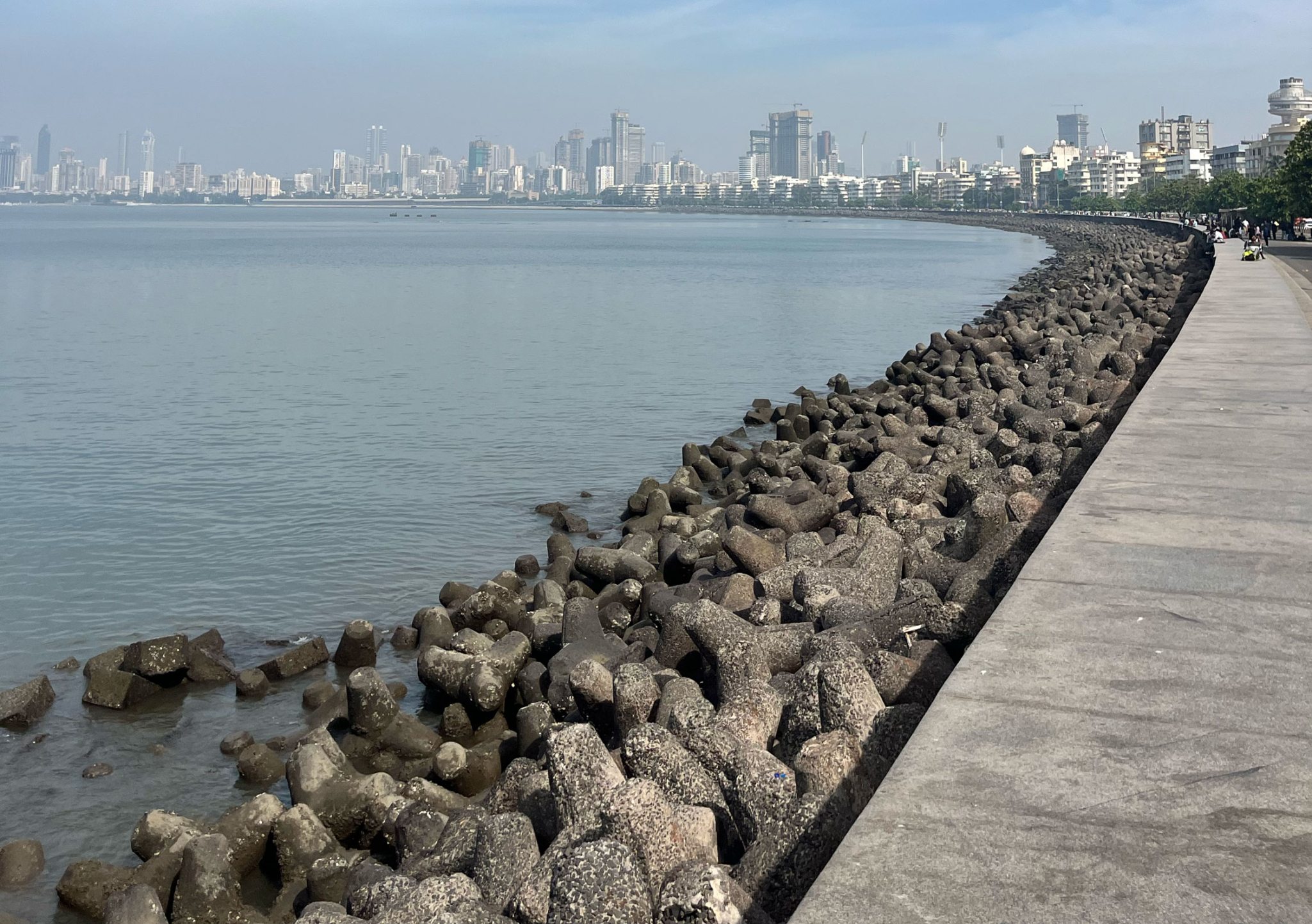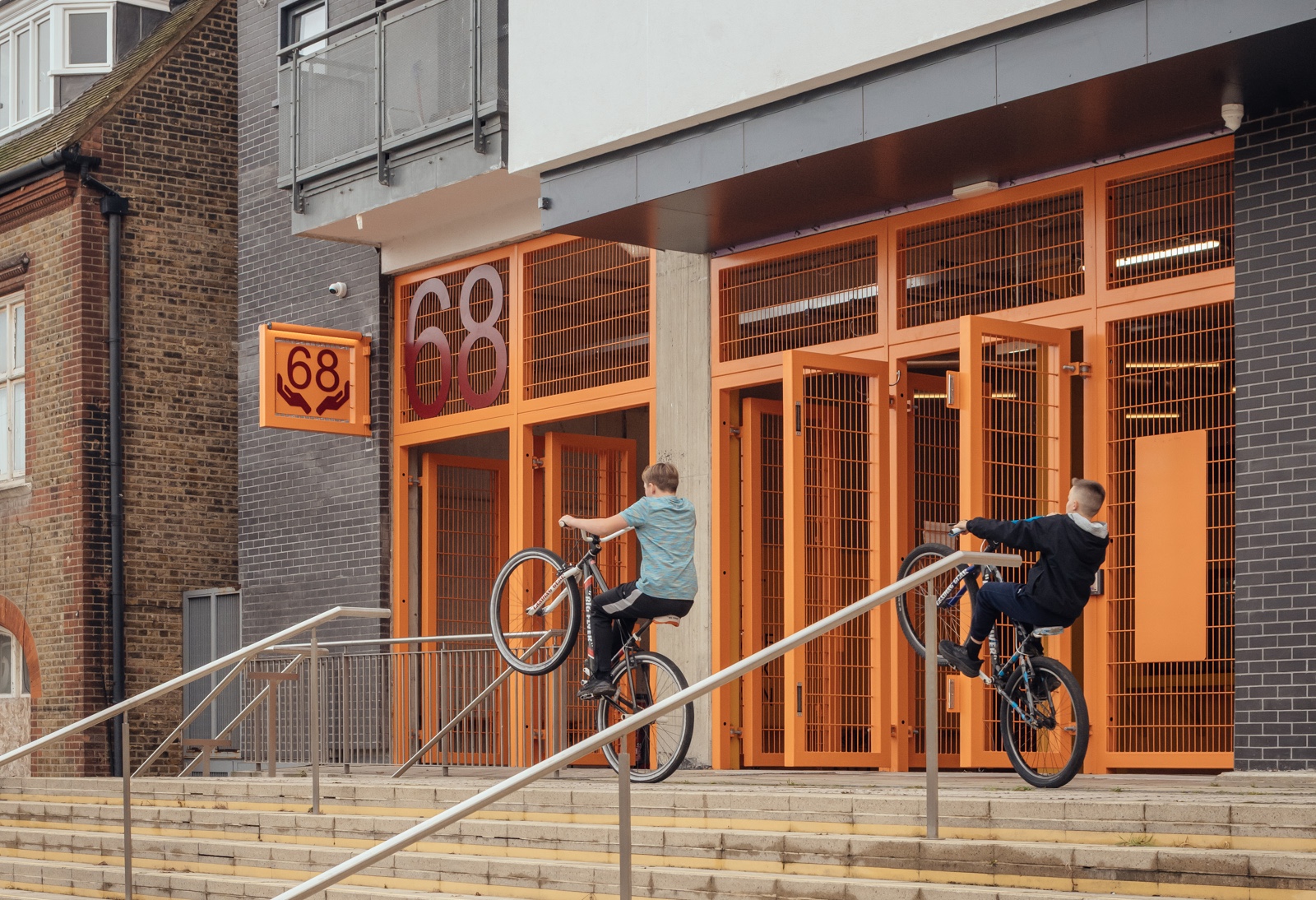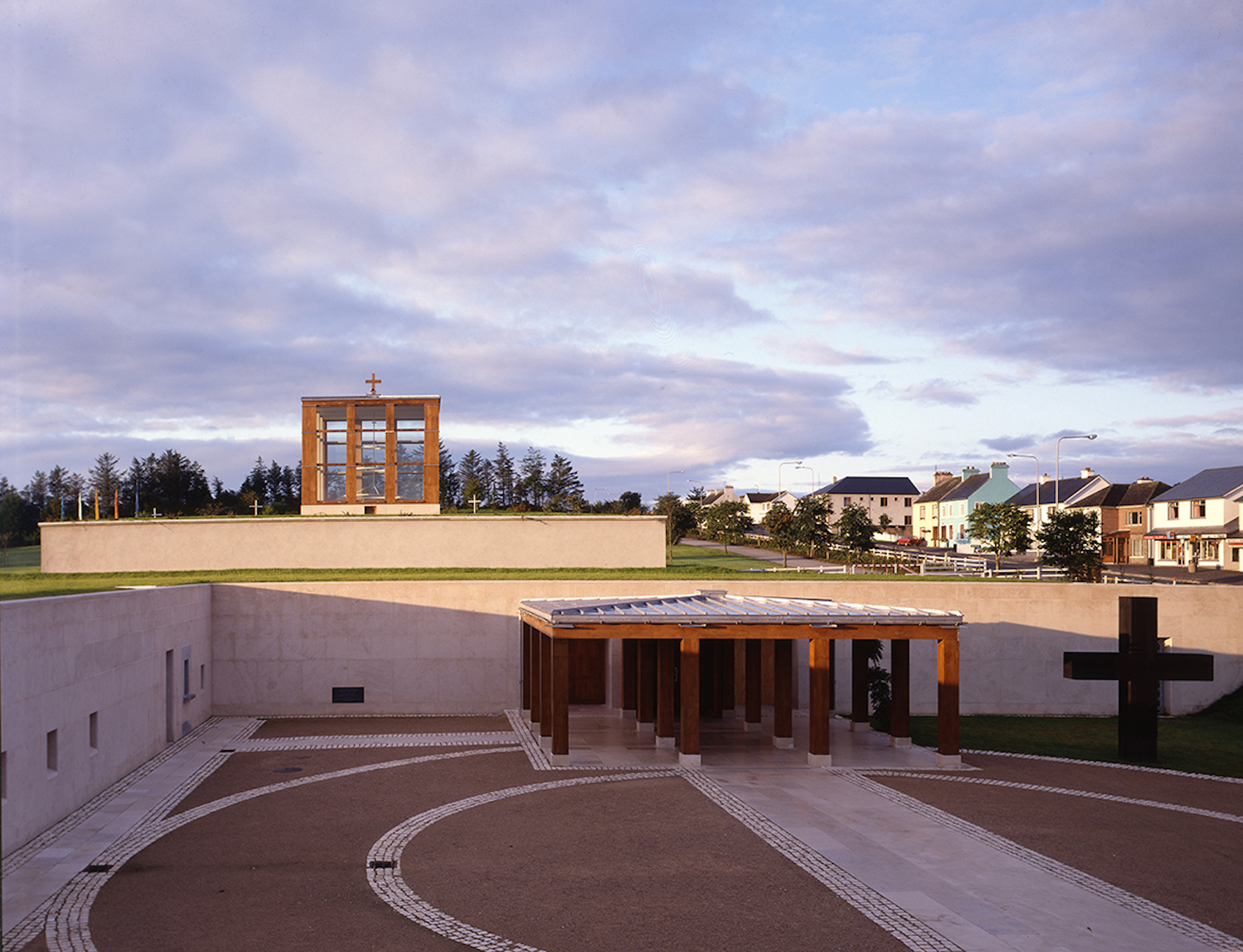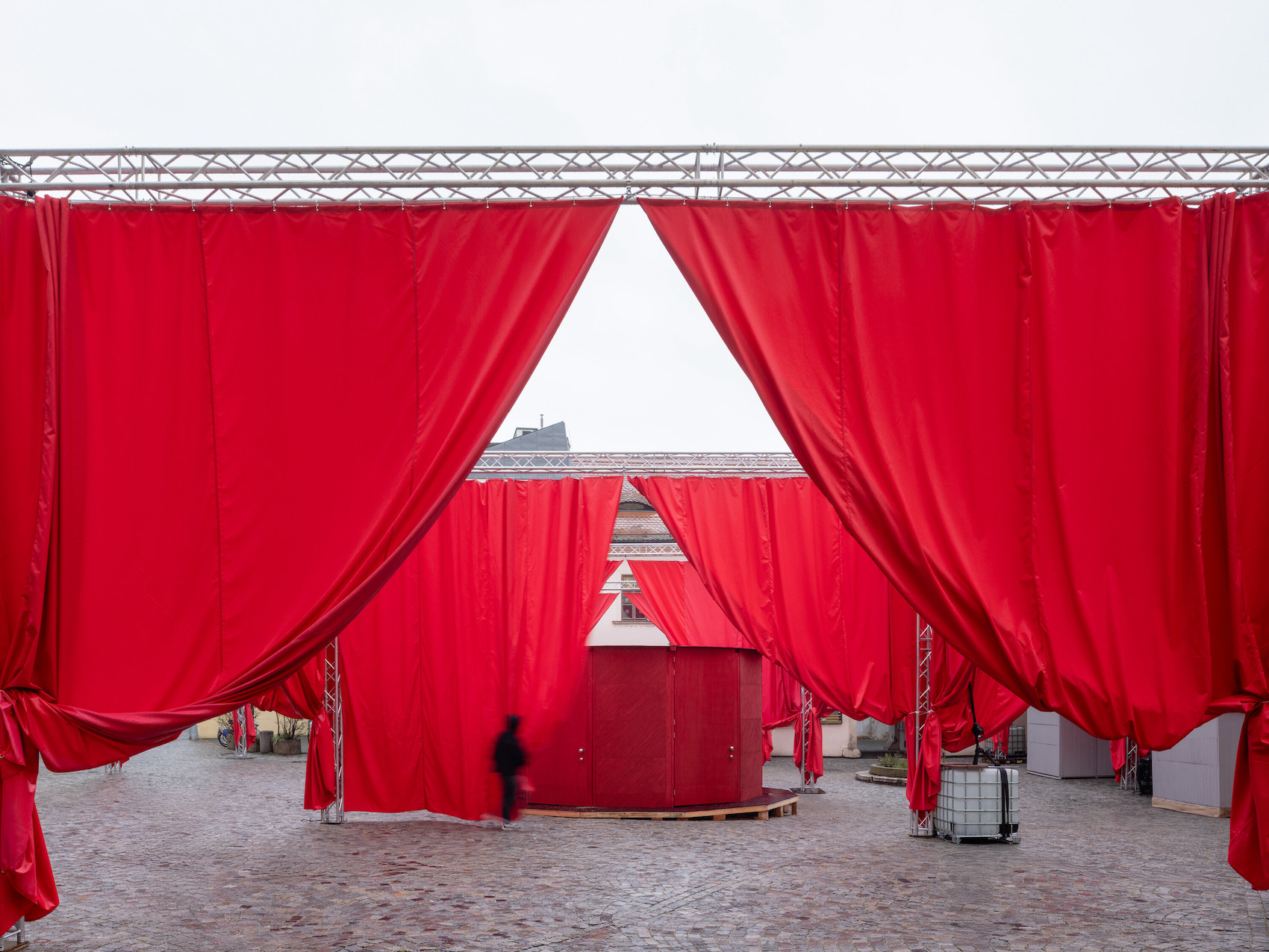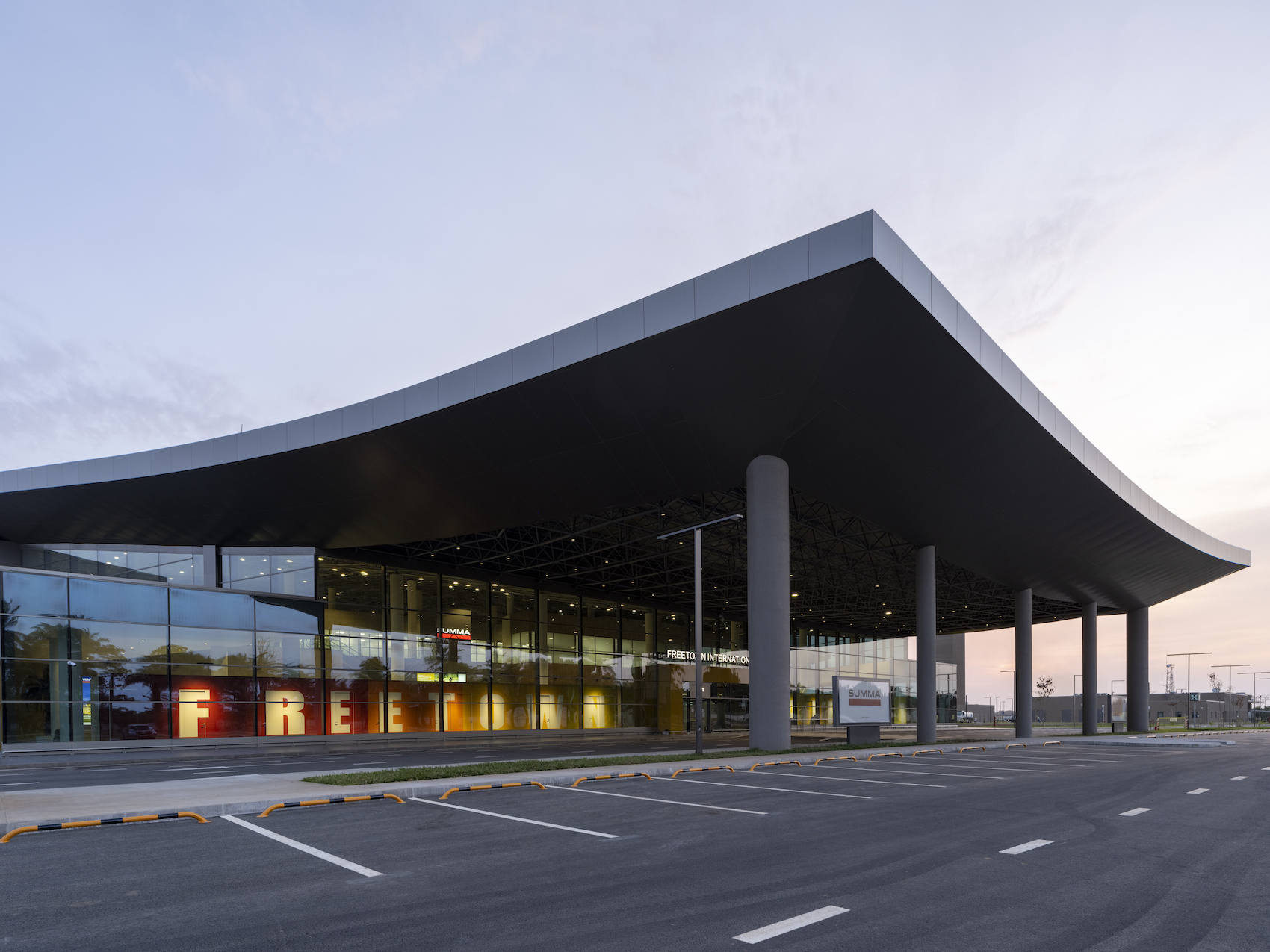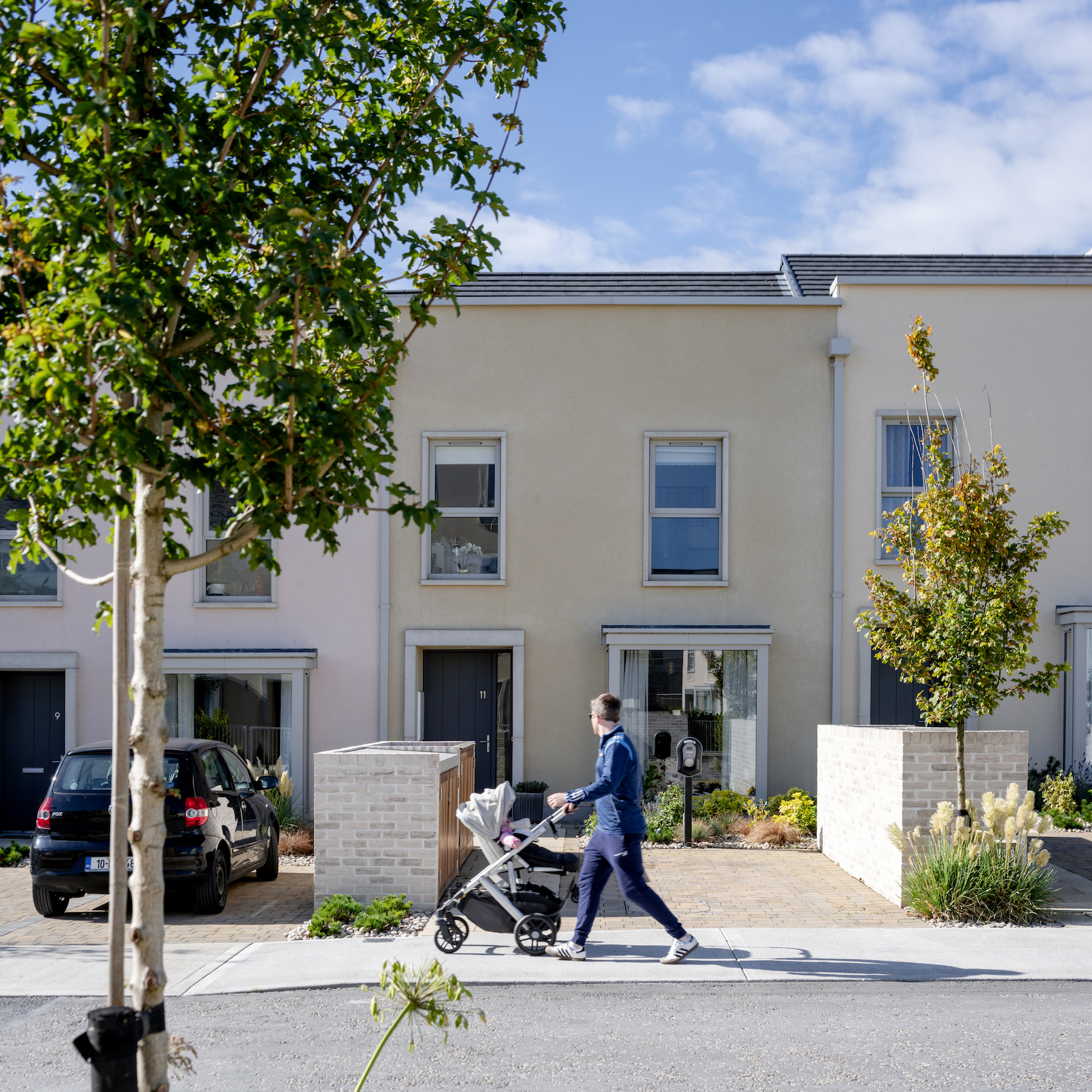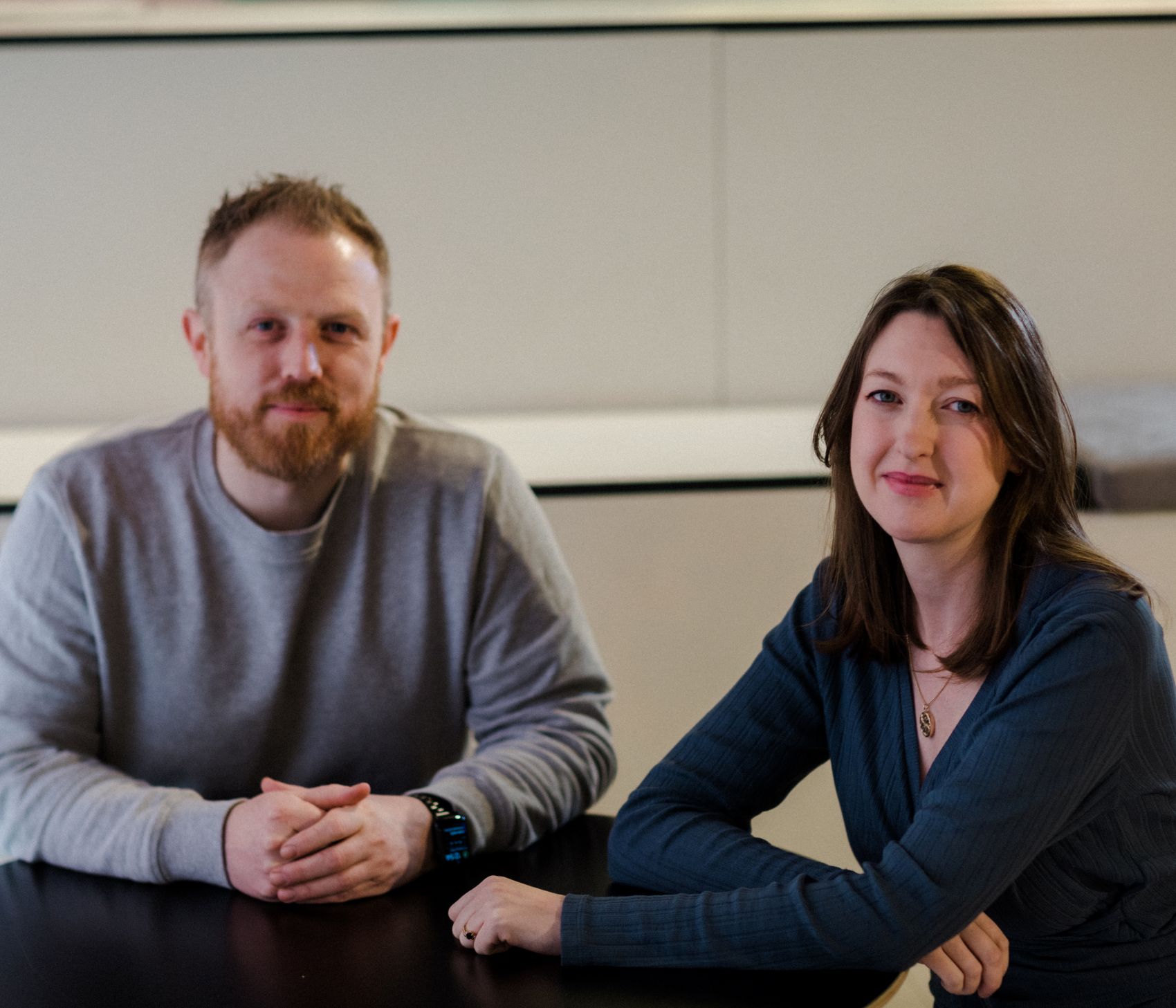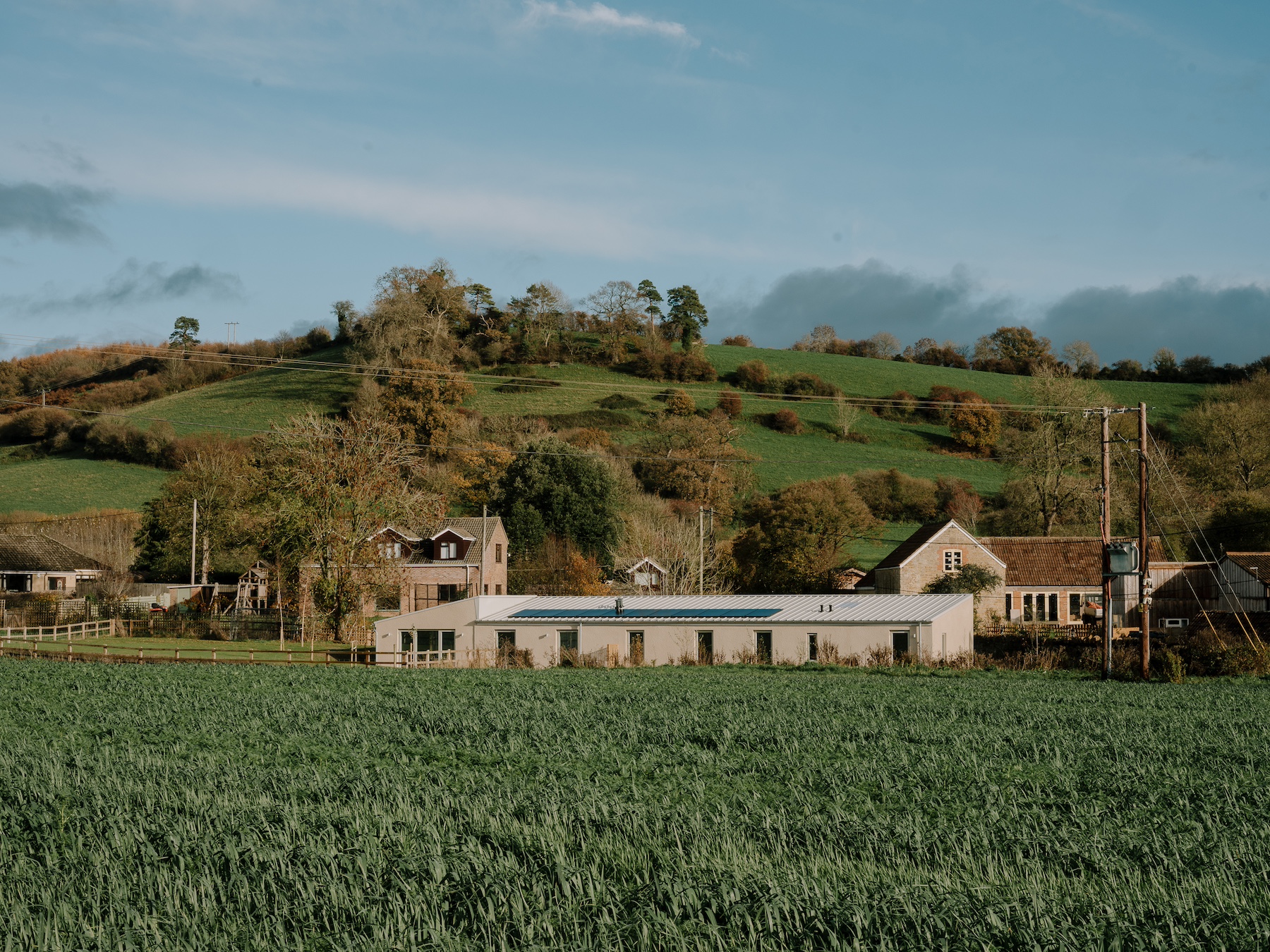A collaborative research project led by dRMM sets out the environmental and quality-of-life benefits of timber construction, and provides an open-source tool to measure building performance, including life cycle analysis and post occupancy evaluation.
Cambridge Central Mosque by MarksBarfield Architects is one of the case studies featured in the publication. Read Michael Badu’s review of the pioneering project in AT here. (Credit: Morley von Sternberg)
Research carried out by dRMM in collaboration with Edinburgh Napier University, the Quality of Life Foundation, and supported by an expert stakeholder advisory group, has found that mass timber buildings produce on average less than 50 per cent of embodied and in-use carbon emissions than industry equivalents, and meet or exceed RIBA 2025 targets for embodied and whole life carbon.
The research, funded by Built by Nature, assessed the quality of life and whole life carbon impacts of five UK case study projects across different sectors: Harris Academy Sutton by Architype; Abbey Wood Station by Fereday Pollard; Cambridge Central Mosque by MarksBarfield Architects; The Rye Apartments by Tikari Works, and 6 Orsman Road by Waugh Thistleton Architects.
Each building was subject to detailed life cycle analysis, internal environment monitoring and user consultation over the 18-month study to measure the benefits of mass timber through evidence-led research. The broad range of buildings showcase how these benefits might be maximised across sectors to enhance both national and international timber development. The methodology itself is detailed in the report – available on dRMM’s website and Built by Nature’s Knowledge Hub – to be openly adopted by the construction industry.
All five case studies use existing technology to perform well against industry benchmarks for whole life carbon (where those exist). On top of this, the carbon storage potential is significant in mass timber buildings if the buildings are designed and delivered robustly ensuring longevity. In total, these five buildings store more than 5,000 tonnes of CO2 captured by the sustainably managed forests from where their products are derived. The buildings employ a wide range of engineered wood products, including glue-laminated and cross-laminated timber, and provide evidence of the ability of long-life harvested wood products to both store carbon and offer real solutions to reducing the embodied carbon of buildings.
Diagram summarising the findings from each of the five case study buildings.
The study offers an open-source tool for developers and designers to measure the impacts of their buildings, while addressing pressing concerns of a sector with an increasing appetite for life cycle analysis and post occupancy evaluation. The report shares lessons learned in conducting building assessments, which were undertaken in line with the relevant standards despite significant barriers found in an industry that is only beginning to address the need for reliable tools for data collection and analysis of buildings. The data gathered across the case studies is shared in detail, revealing the nuances of mass timber construction, and offering the basis for a larger dataset, should more research be supported and adopted.
Measuring Mass Timber could be seen as a first step in building an evidence- driven case for timber construction using whole life carbon and wellbeing metrics in combination, supporting DEFRA’s goal of ‘improving data on timber and whole life carbon’.
Whole life carbon shown in relation to the circular path of a building’s life cycle.








